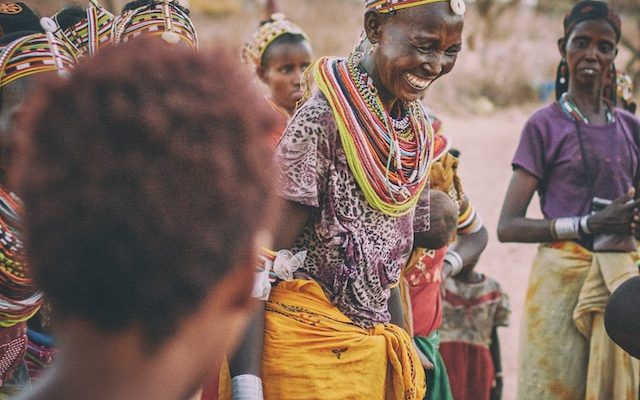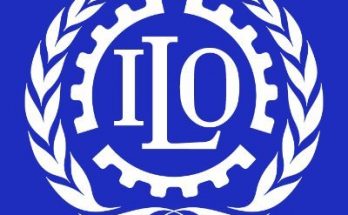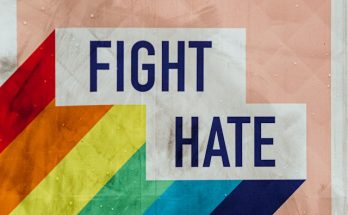Indigenous People. Representational image by Ian Macharia on unsplash
An enduring challenge facing science around the world is how to best include and engage Indigenous communities.
In Australia, for example, 0.5% of Indigenous peoples held a university STEM (science, technology, engineering and math) qualification in 2021, compared to 4.9% of the Australian population. Studies have also shown that while researchers are increasingly engaging Indigenous communities, they often do so disrespectfully and with a lack of goodwill.
Addressing this challenge was the focus of a research summit I attended earlier this month.
The Tri-Academy Partnership on Indigenous Engagement: A Research Summit on Cultural Heritage in an Era of Reconciliation was the first of three annual events bringing together academics from Canada, Australia and Aotearoa New Zealand. It showed how the scientific community can be more inclusive—and how increased Indigenous engagement and participation will benefit everybody.
Leading minds from across the world
Leading Indigenous academics from all three nations attended the summit. They gave talks on topics such as the United Nations Declaration on the Rights of Indigenous Peoples, Indigenous leadership in academic institutions and the role of Indigenous engagement in expanding and improving research and education.
Many of the issues Indigenous academics raised at the summit were common to all three nations.
We heard of structural issues such as lack of recognition and protection of Indigenous Cultural Intellectual Protocols. We also heard about the problem of research being about us but without us and the barriers to increasing the number of Indigenous academics.
One of these barriers is the historical erasure and suppression of Indigenous cultures and their associated knowledges. Another is the education pipeline: only 68% of Aboriginal and Torres Strait Islanders aged 20–24 have completed Year 12 or equivalent. A third barrier is the cultural safety for both university students and staff.
These barriers were highlighted by deeply personal stories shared throughout the summit, including from residential school survivors and academics who had experienced racism in their workplace.
Fundamentally, these issues are all rooted in the same thing: the significant power imbalance between Indigenous communities and the academic community seeking to engage them.
This has resulted in previous engagement being a purely extractive process. Researchers have taken knowledge from Indigenous communities, without giving anything back. This has eroded trust.
There is movement to improve engagement by moving from projects done “on us” to projects done “with us” and “by us.” But achieving this goal will require long-term, strategic engagement of Indigenous communities to move from merely nice-to-have representation to genuine partnership.
It will take time to rebuild that trust. And it may require non-Indigenous researchers to spend years simply sitting with and listening to Indigenous communities.
Discover the latest in science, tech, and space with over 100,000 subscribers who rely on Phys.org for daily insights. Sign up for our free newsletter and get updates on breakthroughs, innovations, and research that matter—daily or weekly.Subscribe
Mutual benefits
But even though it may take time, this is worthwhile work.
For communities with genuine partnership and benefit sharing, engagement with academia and the learned academies could meaningfully uplift communities.
For example, Indigenous-led organization Trioda Wilingi employs Indigenous people at all levels and is working with scientists from the University of Queensland to produce medical gels from spinifex grass. These gels can treat painful conditions such as arthritis.
For academia, Indigenous communities hold a great depth and breadth of knowledge which is recognized in Australia’s Science and Research Priorities. It can improve our lives and better connect us with the places we live.
A mountain to climb
As the summit began, we heard of the passing of the First Nations Canadian politician and lawyer the Honorable Murray Sinclair. His presence looms large in matters of Indigenous engagement—he chaired the Indian Residential Schools Truth and Reconciliation Commission in Canada.
Thanks to his extensive work in this area, his presence and words echoed through every talk and panel. The most notable are two quotes from his time chairing the commission. One describes the commission’s work:
“We have described for you a mountain. We have shown you the way to the top. We call upon you to do the climbing.”
The second quote reflects on the role of education in reconciliation:
“Education got us into this mess, and education will get us out of it.”
These are statements that reverberate across the three nations that took part in the summit. They highlight the ongoing issues in the engagement of the learned academies and academia more broadly with Indigenous peoples.
Transformational education
There is still a mountain to climb—and education remains key.
But to overcome history, education must be developed in the communities’ interests with their voices at the table to create genuinely transformational education.
For the academic sector—and society more broadly—education is key to understanding why climbing the mountain is important.
Hampering the climb is easy, but it doesn’t make the mountain disappear.
The summit in Vancouver was supported by the Royal Society of Canada, the Australian Academy of Science, and the Royal Society Te Apārangi (Aotearoa New Zealand). There will be another summit next year in Aotearoa New Zealand. The final one will be in 2026 in Australia.
Provided by The Conversation




